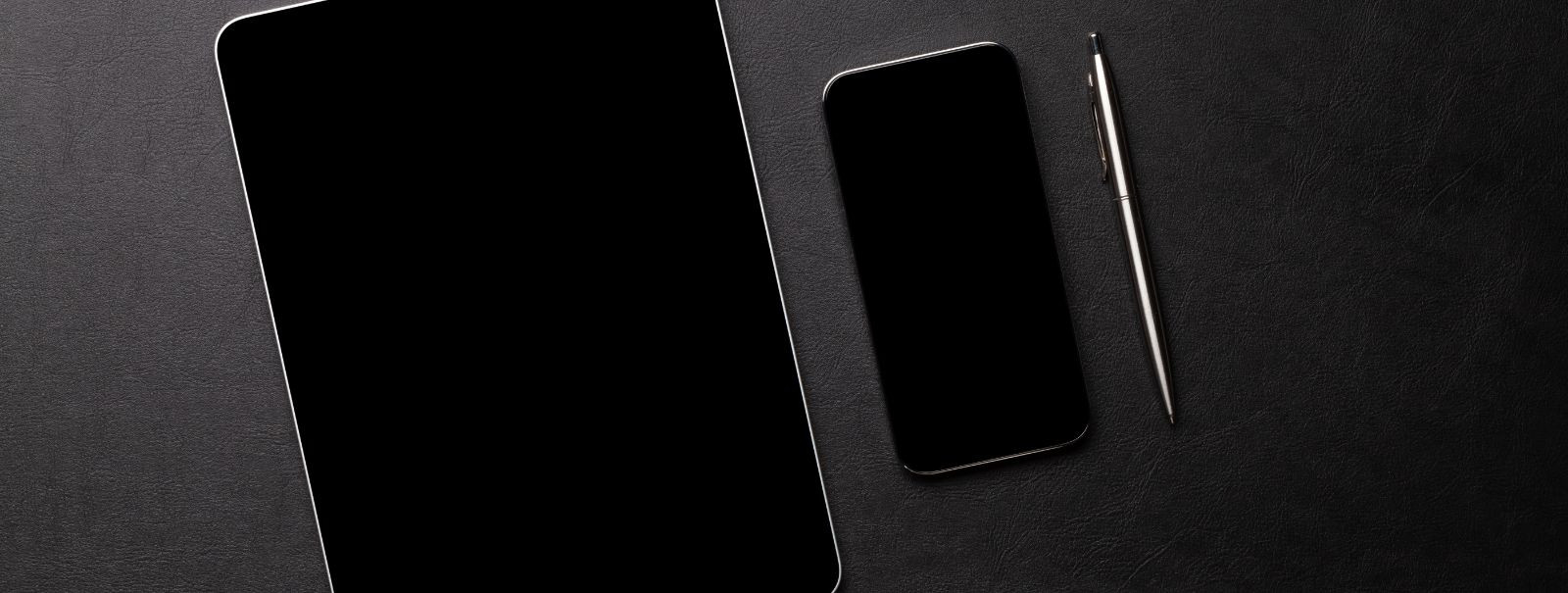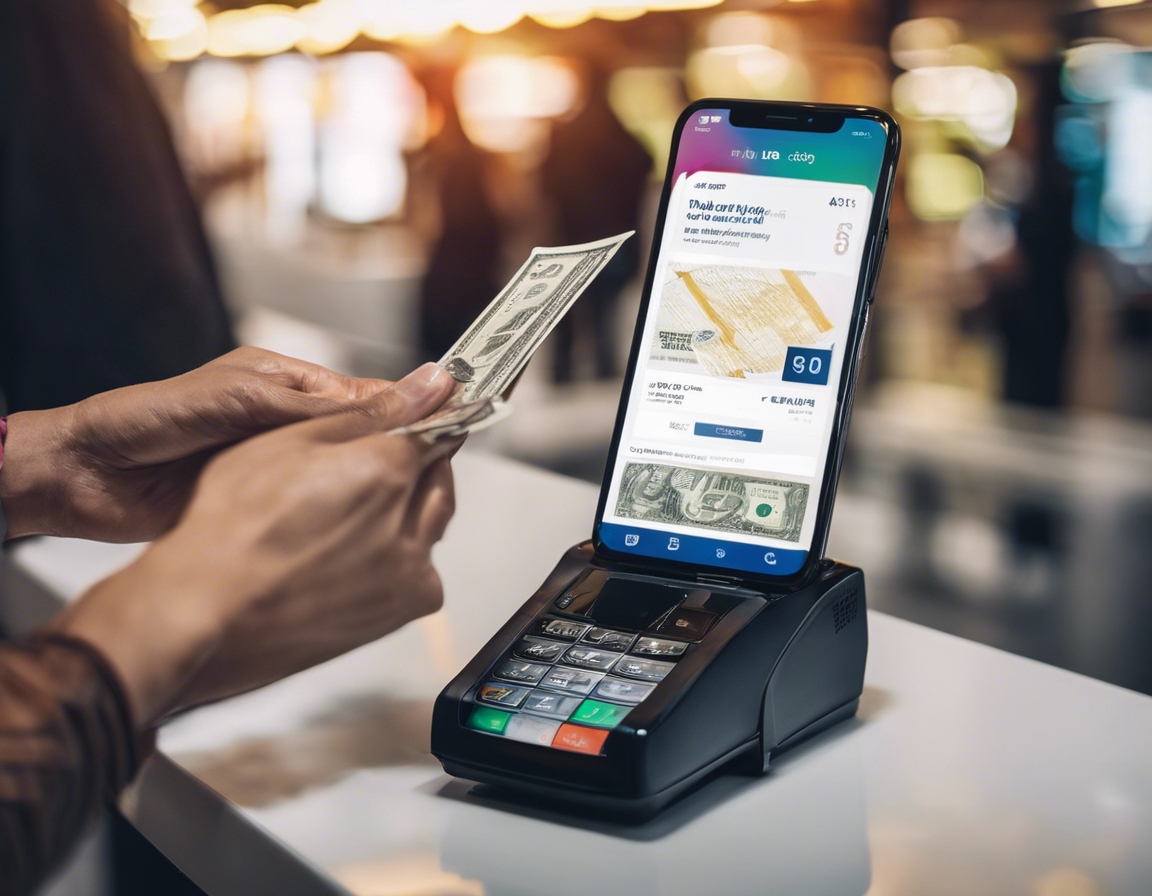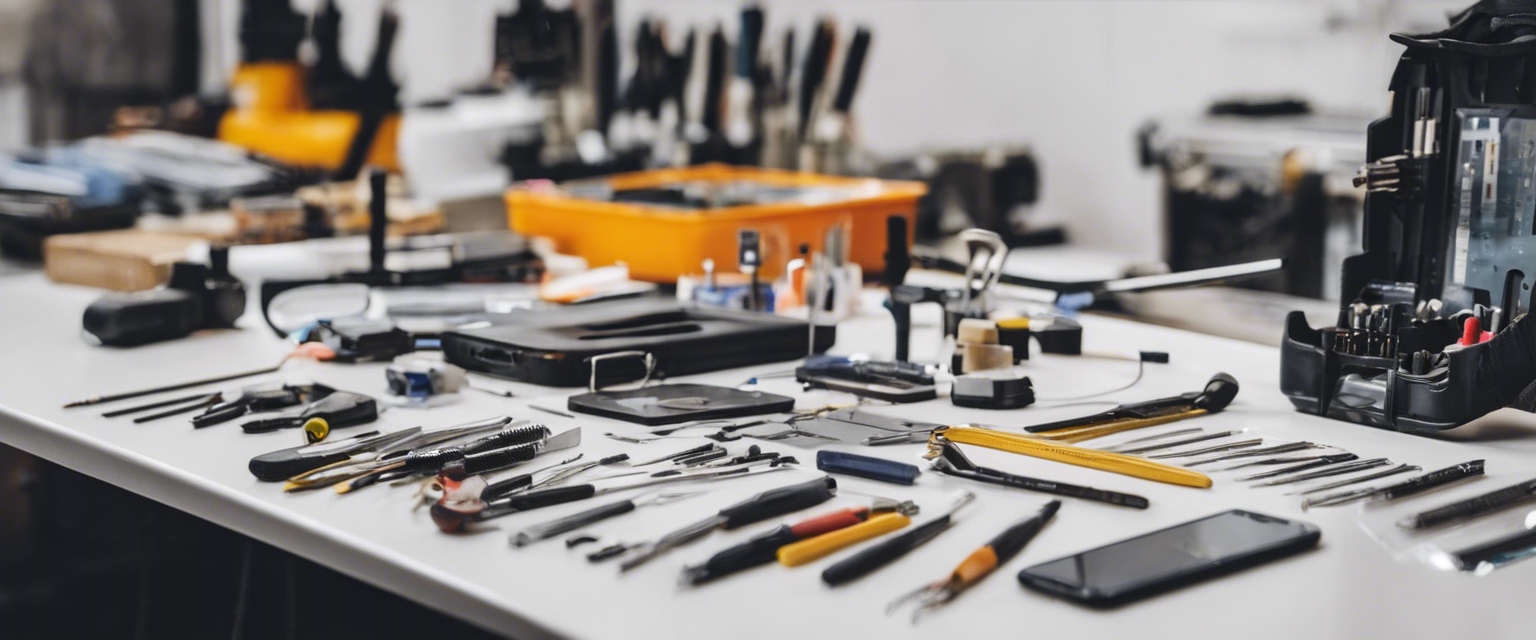The importance of protective glazing for your smartphone
Smartphones have become indispensable tools in our daily lives, but their portability and constant use make them susceptible to damage. From accidental drops to everyday wear and tear, the risks are ever-present. Recognizing these vulnerabilities is the first step towards safeguarding your device.
Protective glazing refers to a layer of material applied to a smartphone's screen to shield it from physical damage. It acts as a barrier against impacts, scratches, and other forms of damage that can compromise the functionality and appearance of the screen.
The Benefits of Protective Glazing
One of the primary benefits of protective glazing is its ability to absorb shock and resist impact. This means that when your smartphone takes a tumble, the chances of the screen shattering are significantly reduced.
Scratches not only mar the beauty of your smartphone but can also affect its resale value. Protective glazing keeps the screen pristine, ensuring that your device maintains its aesthetic appeal over time.
Some protective glazings come with additional features such as privacy filters that prevent others from viewing your screen from an angle and UV protection to reduce exposure to harmful rays.
High-quality protective glazing can enhance the user experience by maintaining or even improving touch sensitivity and display clarity, making your interactions with the device more enjoyable and efficient.
Types of Protective Glazing
Tempered glass protectors are a popular choice due to their durability and the level of protection they offer. They are designed to break into small, rounded pieces that are less likely to cause injury if the glass shatters.
Plastic protectors are thinner and more flexible than tempered glass, making them less noticeable on the screen. However, they may not offer the same level of protection against high-impact drops.
Liquid screen protectors provide a thin, invisible layer of protection that bonds at the molecular level with the screen. They are scratch-resistant and can be a good alternative for devices with curved screens where traditional protectors may not fit as well.
Installation and Maintenance of Protective Glazing
While some users may opt for DIY installation, professional installation ensures that the protective glazing is applied correctly without bubbles or misalignment, which can affect the screen's functionality.
Maintaining your protective glazing is crucial for ensuring its longevity. Simple steps such as regular cleaning and avoiding harsh chemicals can keep the protector in top condition.
Protective Glazing and Device Longevity
Investing in protective glazing can save you money in the long run by preventing costly screen repairs or replacements. The initial cost of the protector is minimal compared to the potential repair costs.
Devices with intact screens and minimal cosmetic damage generally have higher resale values. Protective glazing can be a deciding factor for buyers looking for well-maintained second-hand devices.






Comments (0)